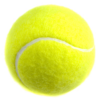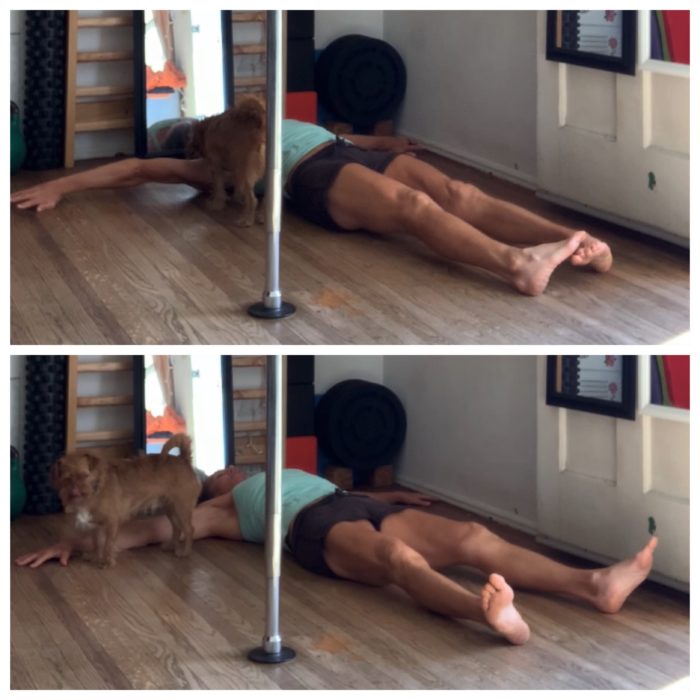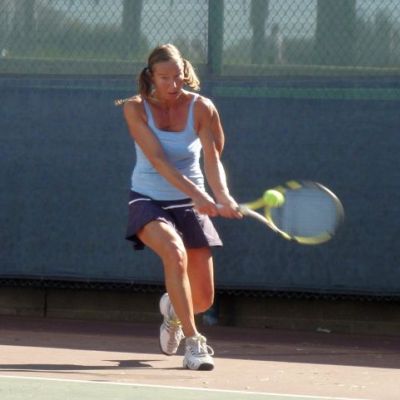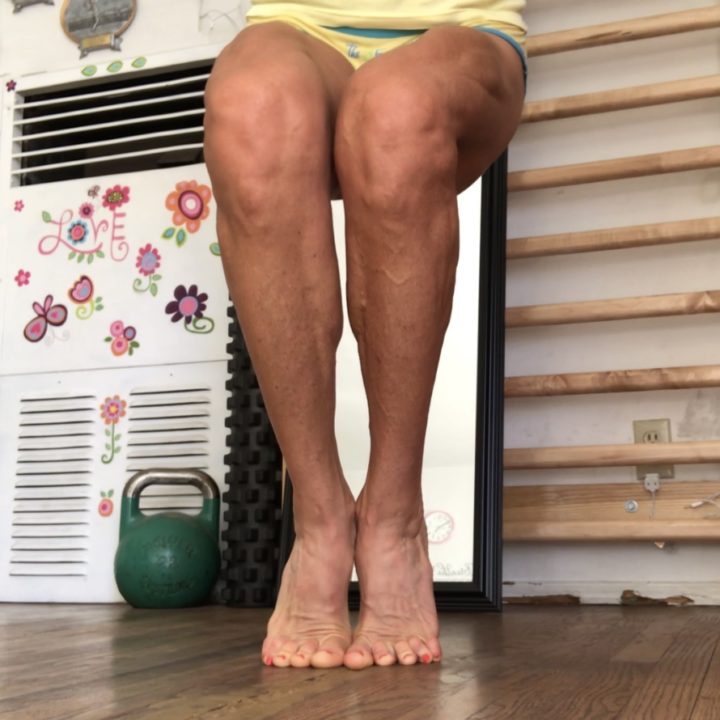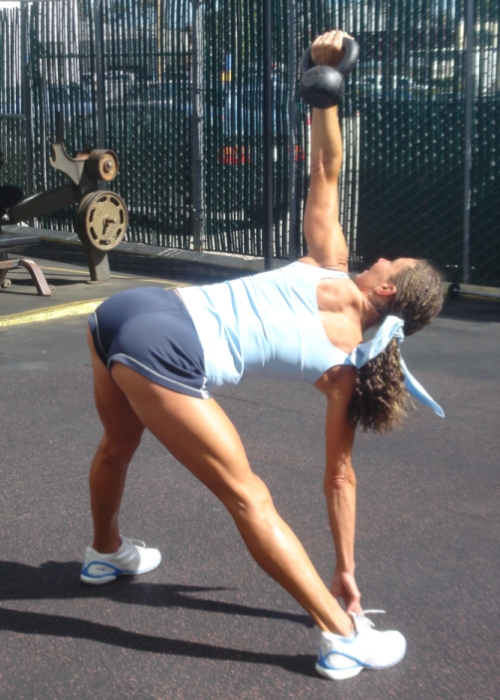The Crossfire exercise is the most effective movement that helps with the neck and lower back pain.
With today’s modern society comes increased sitting, which causes a forward flexion posture with rounded lower back, rounded shoulders, and head forward. All this is detrimental to the body’s function.
The muscles of the posterior chain become weak, and lower back stabilization muscles become inhibited. Joints start losing mobility to regain control over movement.
When the brain feels threatened and vulnerable, it inhibits motion.
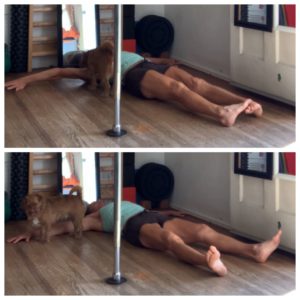
This exercise is an excellent movement to activate the extensor muscles of the chain for stabilization and neurological patterning. The solution to this problem is to go back to the environment where all movement started on the ground. You want to integrate the whole body in a safe environment to prime the brain and nervous system to learn a new habit.
The Crossfire exercise is extremely powerful because it goes to the root of how we developed our legs and arms embryologically. In utero, the legs and arms are called “limb buds” because they grow and elongate through the rotation. How cool is that? (I did not know this and learned it from Dr. Perry Nickelston at www.stopchasingpain.com). But they rotate the opposite way from each other.
The legs develop through internal rotation and the arms through the external rotation. The power of the Crossfire exercise is that it resets the neural switch and ignites dormant movement patterns. For that reason, this movement can make an immediate improvement in how you feel.
The Crossfire Exercise Breakdown:
- Lay down on the ground on your back, legs straight, relaxed, and slightly apart. They will be naturally externally rotated.
- Place your arms at 90 degrees to the side and rotate them slightly internally, with palms down on the ground.
- In this relaxed position, your body should be nicely flat with almost no arch in your lower back.
- Put your head down on the floor with the neutral neck curvature. If your thoracic spine (upper back) is too rounded, this could be an uncomfortable position for your neck, and in that case, put a little pillow under your head.
- During the exercise, always keep breathing.
- Go very slow, take at least 4 seconds in each direction. Speeds hides need. Always go slower rather than faster.
- Slowly rotate your arms externally as much as you can — even more than facing your palms upwards. Keep going until the end of the range of motion, and also there, keep trying more.
- Slowly rotate your legs internally. The movement comes from the hip. The entire leg is moving, not just your foot or from bellow the knee.
- You notice that your lower back lifts off the ground, and that’s ok.
- Do these two movements at the same time! If it is too difficult and it could be in the beginning, go arms first, then legs.
- When you are at the end of the range of motion, reverse and slowly rotate the arms back into internal rotation, and the legs into external rotation.
- Do four repetitions with the neutral head. There should not be any sharp pain anywhere. Discomfort is ok, but no sharp pain, please.
- Next, turn your head to the right; it will activate the left sternocleidomastoid muscle, and do four repetitions. Then turn your head to the left and finish with another four repetitions.
The Crossfire exercise helps to activate lower back muscles and multifidus better than any other exercise. You want to move the entire body. The external rotation of the upper limbs and internal rotation of the lower limbs makes it extremely neurologically powerful.
For more simple exercises, stretches and other gems that you can carry in your tennis bag, visit Amazon and get my simple little guide “Tennis Fitness for the Love of it: A Mindful Approach to Fitness for Injury-free Tennis” and start taking your fitness into your hands. Small daily actions are important, and you can do them at any time, even while watching TV or talking on the phone.
.
